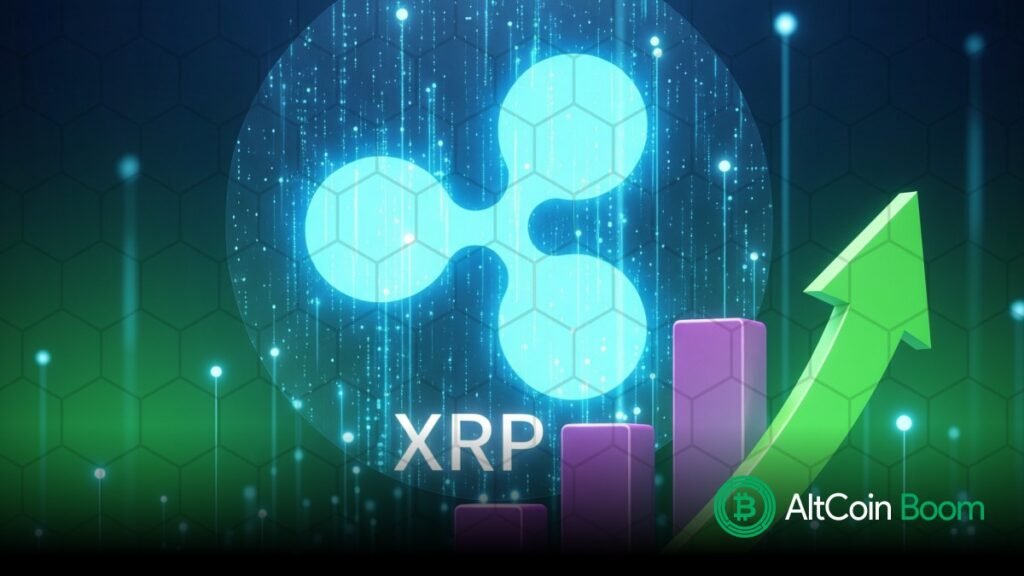- XRP’s value model centers on liquidity velocity in global payments, with Ripple partnering with banks and governments for financial integration.
- Transaction-based token burn scenarios could cut XRP’s supply significantly, supporting higher prices without reaching extreme market capitalization levels.
- Institutional moves, including a proposed U.S. crypto reserve and stablecoin integration, position XRP as essential digital liquidity infrastructure globally.
The price direction of XRP may not follow the typical market capitalization logic given its role in global liquidity and payment infrastructure, which is outside the usual equity and fixed-income markets. XRP’s design is focused on velocity and usage rather than long-term holding.
Moving Beyond Conventional Market Cap Thinking
Satoshi Scope recently argued that applying Bitcoin-style market cap math to XRP misrepresents its potential. At $10,000 per token with the current ~59 billion supply, XRP would exceed $590 trillion in value—more than global GDP, stock markets, and real estate combined. This comparison, Scope suggested, is misleading because XRP is engineered for transactional throughput, not storage of wealth.
Ripple’s strategy reflects this. Its xCurrent solution enables end-to-end tracked payments, while xRapid uses XRP to provide on-demand liquidity without the need for pre-funded accounts. Ripple has also applied for a U.S. bank charter and access to Federal Reserve payment rails, aligning the asset more closely with established banking systems.
The focus here is on the asset’s velocity in circulation. Instead of investors holding large amounts long-term, XRP would be continuously moving through global financial pipelines, potentially decoupling its value from traditional supply-based calculations.
Supply Reduction and Transaction-Driven Models
Scope highlighted scenarios where transaction-linked token burns could reduce total XRP supply significantly. Hypothetical figures from online communities suggest that a burn rate tied to trillions in daily payments could remove as much as 17 billion XRP annually. This could theoretically reduce circulating supply to 1 billion over time.
Such a reduction would alter the pricing equation. With fewer tokens available, higher per-token prices could be sustained without reaching extreme market cap figures. Scope tempered this with more practical estimates, suggesting $1 trillion in daily transactions could support a $20 valuation, while $5 trillion could lift the price toward $98.
These projections underscore the role of actual usage and network throughput in valuation. Price appreciation in this framework would stem from liquidity demand, not speculative accumulation.
Institutional Integration and Strategic Use Cases
The discussion also touched on the possibility of governmental adoption. Scope mentioned XRP’s potential inclusion in a proposed U.S. crypto reserve alongside Bitcoin and Ethereum, adding another dimension to its prospective role in official financial systems.
Ripple’s acquisition of a stablecoin infrastructure firm suggests further integration into regulated global payment rails. There is speculation that institutions may use XRP as a bridge asset for stablecoin issuance, reinforcing its transactional utility.
In this broader vision, XRP functions as digital liquidity infrastructure — a settlement layer capable of handling vast sums moving through global markets. Should major financial institutions channel $100 trillion or more annually through XRP rails, conventional valuation metrics may no longer apply.



